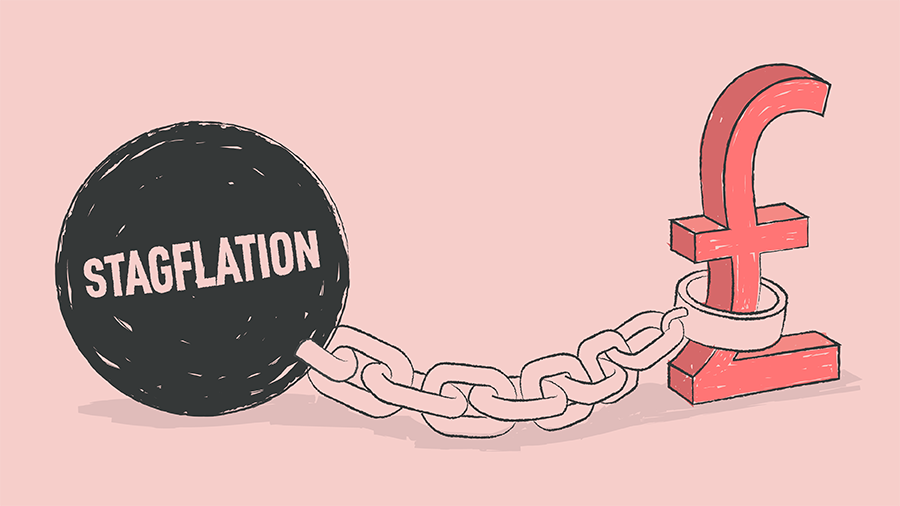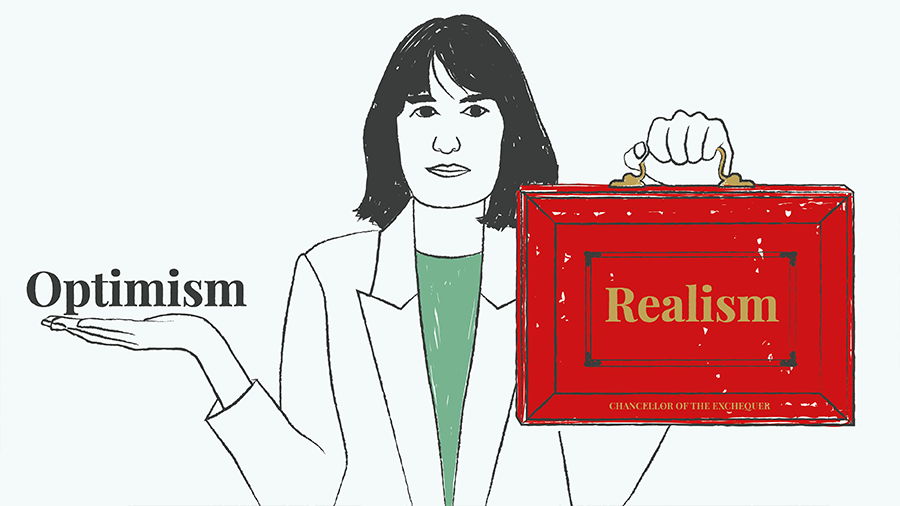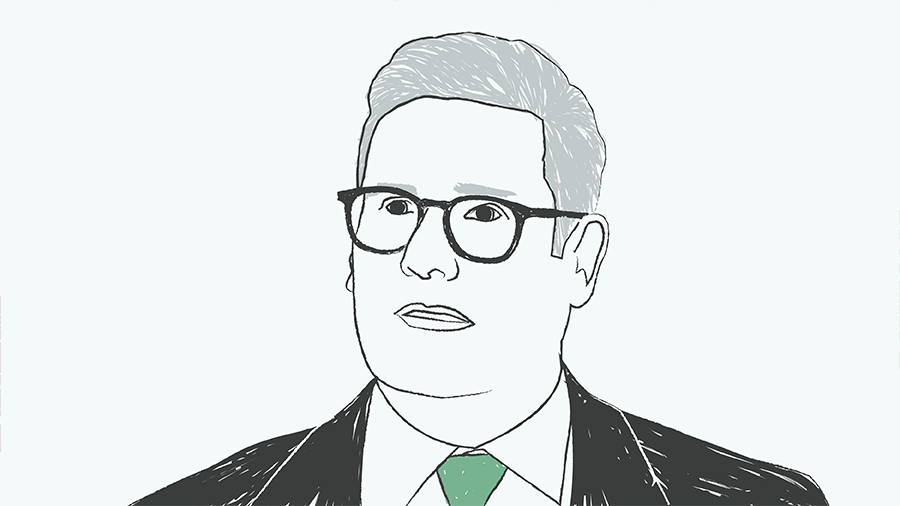 It’s vanishingly rare for someone to have the multitudinous aptitudes required to start a business, as well as those required to scale it, as well as those required to lead a mature organisation in all its complexity.
It’s vanishingly rare for someone to have the multitudinous aptitudes required to start a business, as well as those required to scale it, as well as those required to lead a mature organisation in all its complexity.
Unlike Amazon’s now ex-CEO, most founders of high-growth businesses learn the hard way that radically different situations generally require different people at the top.
Typically, when they realise their business has outgrown them, entrepreneurs either exit or step aside for a professional manager to take the helm. Often this involves their transitioning to become chairman or, in the case of a specialist like James Dyson, moving into a non-leadership role where they feel they can continue to add the most value.
The big question in situations like that is, of course, who do you hire to take your beloved business to the next level?
There’s a paradox here. The entrepreneur steps aside because they know their business needs a leader who can run a large enterprise efficiently. But at the same time, they’re usually afraid that a corporate CEO will run their dynamic, fast-growth business like a corporate CEO, taking away the characteristics that made it a world-beater in the first place.
Sometimes this fear is justified. I’ve often spoken to founders in exactly this position, concerned that their CEOs take an age to make decisions, lacks their hunger for growth, and are generally more interested in scaling their pension pots than in finding new business opportunities.
And of course, every day they run the business like that, the more like that the business becomes: process-heavy, risk-averse, bureaucratic approaches seep into the culture with every new hire and layer of approval.
The entrepreneurial CEO
The solution in circumstances like this is to find someone whose characteristics bridge the scale-up and mature business stages, someone who demands growth and is willing to take chances, at the same time as understanding that you can’t run a business with 20,000 people like you run one with 20. In other words, an entrepreneurial CEO.
You see these most often in the tech sector, where size is no barrier to rapid growth – Tim Cook for example, who never had the paradigm-changing foresight of Steve Jobs, but who had the genius to realise that Apple is as much in the luxury business as it is in technology business, and to run it accordingly.
Outside of tech, prominent examples include JD Sports’ Peter Cowgill, or indeed Dyson’s former CEO Martin McCourt, who dramatically expanded the consumer goods company’s product range and geographical reach, leaving Sir James to focus on the design and engineering.
There are some indicators that someone has the nous to be an entrepreneurial CEO. For example, they may have shown intrapreneurial qualities as a corporate divisional head, achieving meaningful innovation against internal inertia, or they may have experience working across start-ups and scale-ups as well as big businesses.
For example, Roger Whiteside, retiring CEO of Greggs, was a senior lifer at M&S before joining Ocado in its earliest days, arriving at the food-on-the-go chain via a stint in private equity, demonstrating the ability to work across a range of settings. He grew Gregg’s market cap eightfold in nine years.
The real problem with finding an entrepreneurial CEO is of course that you can rarely tell from their past career how they will fare in this most unusual of roles. But a careful and rigorous assessment of their aptitudes can point the way.
The most important thing is knowing what you really want. It could be that your main priority is to get your chaotic firm into order, in which case you may actually want a corporate, financially-minded leader. Or you may want someone to complement your entrepreneurialism in a structure where you still have significant influence on the firm’s direction. Or you may just want Jeff Bezos 2.0.
Whatever it is, be upfront about it. No matter how entrepreneurial you want your CEO to be, they are still an employee after all, and like all employees they work best when you set clear and realistic expectations.
















